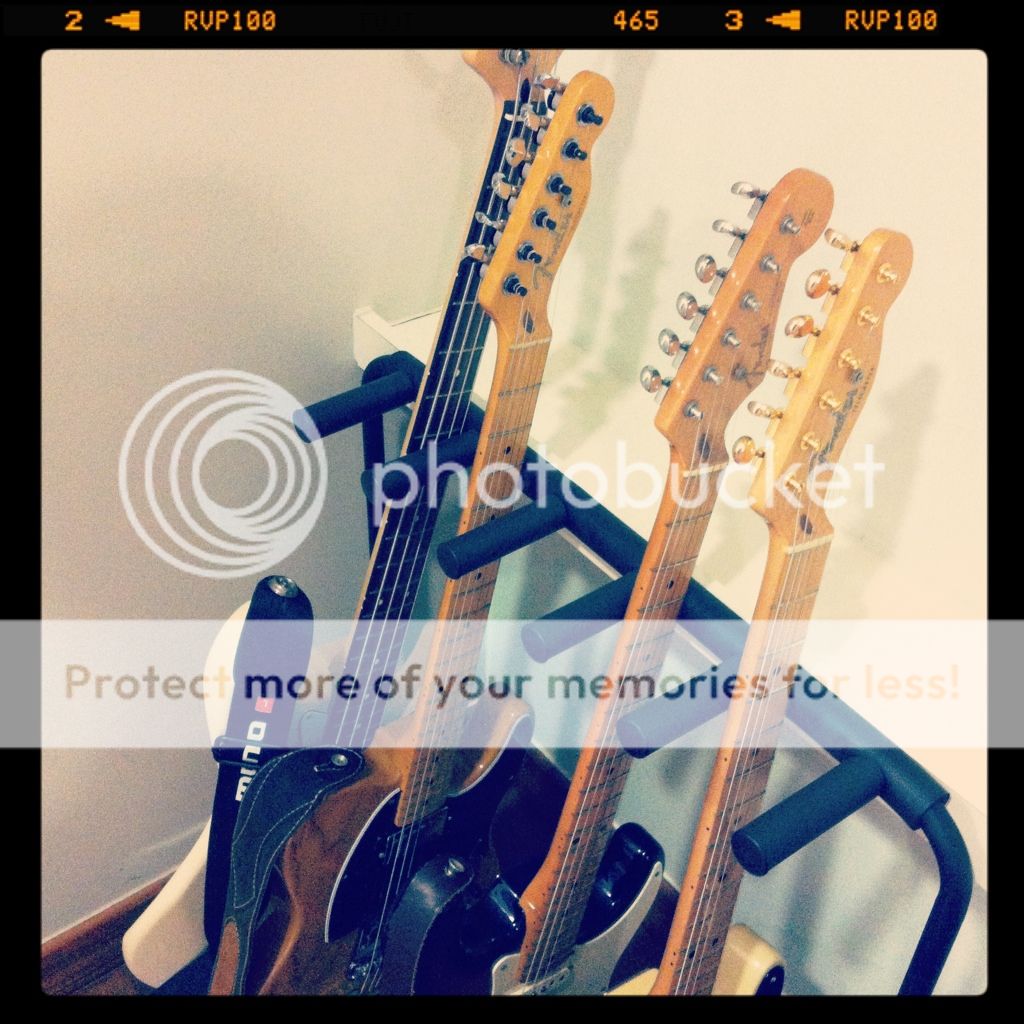Why did Noah curse his grandson Canaan? Taking a cursory glance of the passage, it reads that this boy’s father, Ham, saw Noah’s nakedness, and as a result, Noah cursed Canaan, who became the patriarch of Israel’s enemies, the Canaanites. The story seems capricious on the surface, in contrast to the largely reasonable historical account of Genesis. The key to understanding the passage lies in understanding the cultural context in which this passage is written, and the phrase that seems to make little sense in the English language is that Ham "saw his father's nakedness".
As it is with any language, one way to communicate an idea differently is to use a figure of speech. Some of the Bible’s figures of speech are euphemisms that promote modesty. For example, instead of saying that Adam had sexual intercourse with Eve, the Bible more politely says that “Adam knew Eve his wife, and she conceived” (Gen. 4:1). And Moses writes, “the man who lies with” rather than using the modern and more crude phrase, “has sex with.” The reader who misses these common figures of speech will misunderstand the plain meaning of various passages.
Moses authored the first five books of the Bible (wherein Genesis is a part of), and God through Moses used the same decency when describing other physical relations. For example, when prohibiting incest in the Mosaic Law, rather than saying, "a man shall not have intercourse with his mother", Moses wrote that he shall not “uncover his father’s nakedness.”
‘The man who lies with his father’s wife has uncovered his father’s nakedness…’ Lev. 20:11
Other scriptures which employ this Hebrew figure of speech can be found elsewhere:
‘If a man lies with his uncle's wife, he has uncovered his uncle's nakedness. … ‘If a man takes his brother's wife… He has uncovered his brother's nakedness.’ Lev. 20:20-21
Committing incest with any female “near of kin” can be described as “uncovering his nakedness” (Lev. 18:6), referring to the appropriate male relative, including the nakedness of your father (with your mother, Lev. 18:7), or your sister, granddaughter, stepsister, aunt, daughter-in-law and sister-in-law (Lev. 18:9-15). Of course, this can also be described in more literal terms as uncovering the woman’s nakedness, but it can also be referred to, idiomatically, as referring to the husband’s, father’s, brother's, uncle’s, or son’s nakedness. Her nakedness can equal his nakedness because as Paul writes, your body is “not your own” (1 Cor. 6:19), and from this perspective, your mother’s body belongs to your father. Thus:
‘The nakedness of your father’s wife you shall not uncover; it is your father’s nakedness’ Lev. 18:8
Ezekiel used this figure of speech in this Hebrew parallelism:
“In you [O Israel] men uncover their fathers’ nakedness; in you they violate women…” Ezek. 22:10
And Habakkuk condemns not the sin of homosexuality but of getting your neighbor drunk in order to seduce his wife, when he warns:
“Woe to him who gives drink to his neighbor, pressing him to your bottle, even to make him drunk, that you may look on his nakedness!” Hab. 2:15;
Habakkuk warns against looking upon a neighbor’s nakedness, which is just the slightest alternate form of uncovering his nakedness. (See also Leviticus 18:10, 14, 17-18; 1 Samuel 20:30 and Ezekiel 22:10-11.)
So, understanding this common Hebrew figure of speech enables the reader to comprehend Moses’ 3,500-year-old account of why Noah cursed Canaan:
…Ham was the father of Canaan [which is the actual topic of this story]… And Noah began to be a farmer, and he planted a vineyard. Then he drank of the wine and was drunk, and became uncovered in his tent [his own drunkenness left his wife vulnerable and exposed to Ham’s wickedness]. And Ham, the father of Canaan [repeated to emphasize the point of the story, and to correct any possible ancient misconception about the real identity of Canaan's father], saw the nakedness of his father [that is, he had sex with Noah’s wife, Ham’s own mother], and told his two brothers outside [as wicked people often brag of their sin, and as misery loves company, perhaps even inviting them to do likewise]. But Shem and Japheth took a garment, laid it on both their shoulders, and went backward and covered the nakedness of their father [refusing to take part in what was apparently a rape, and literally giving her a covering, probably with an animal skin, and in hopes of beginning the healing process for her and their family]. Their faces were turned away, and they did not see their father’s nakedness [i.e., their mother’s nude body]. So Noah awoke from his wine, and knew what his younger son had done to him [Ham had violated Noah's wife, which he found out from her and his other sons]. Then he said [after he learned of the pregnancy]: “Cursed be Canaan [whose father was Ham]…" Gen. 9:18, 20-25
Canaan’s true story shows the tragic reality of a child being set up to fail by the wickedness of his father. Thus Noah cursed Canaan as a statement of that reality, not as a hex or evil spell, but as a warning to others against following in Ham’s wicked ways. This account, at the very beginning of the repopulation of the Earth, also helps to explain the world's ubiquitous taboo of incest between parent and child, found by anthropologists to exist in virtually every known age and in virtually every known culture. The lesson was a harsh one to learn. Canaan was cursed inherently by being conceived through incest. The law of reaping and sowing inexorably applies to the children of fallen men. A father's alcoholism punishes his child, not by fiat from God (nor Noah) but by the cause and effect that children suffer under bad parenting, an unavoidable part of man's fallen existence until God ends this phase of human history. So incest set the background for centuries of conflict between Noah’s Hamitic descendents, especially those through Canaan, against the descendants of Shem, the Semites, especially the Jews, to whom God promised the land of the Canaanites.
While the story of Canaan’s curse follows the Creation and Flood accounts, rightly understood it helps us to see that all throughout, Genesis is a rational book of history.






























































